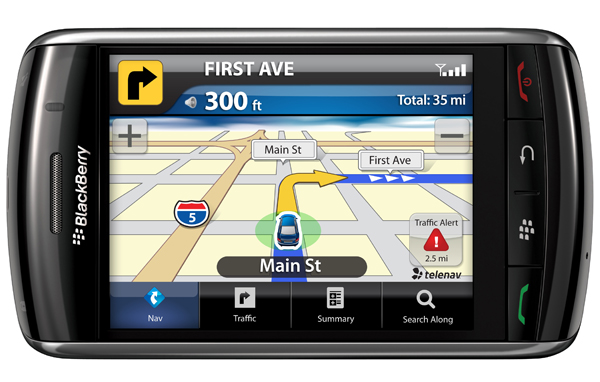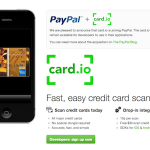How to Obtain the Right GPS App for Your Phone

Nowadays, almost every cell phone is equipped with some sort of GPS feature. It is indeed an amazing change. Previously, there were standalone GPS devices, which were attached on your windshield along with a suction cup.
Now, instead of using these devices, or using paper maps or printing out MapQuest directions, your latest cell phone can do the same thing for you, with a few cautions.
Instructions
-
1
Find Free Navigation Option in Your Phone:
Few years before, most of the apps did not have basic features such as text-to-speech, which enunciates street and exit names instead of just saying “turn left in half a mile.” But, these days all the major iPhone apps are fully packed with virtual feature parity. These apps not only connect with each other but also with standalone GPS devices. All of them have a lifetime map and real-time traffic updates. Besides, they include ever-expanding POI (point of interest) databases.
There is an option of free navigation apps in some Smartphones, which is certainly very beneficial for the users, because they do not have to pay up-front price, monthly fees, POI and database cost. One of the most common apps is Google Maps Navigation 6.7.0. It operates on Android Smartphones such as the HTC One X and the Samsung Galaxy Nexus. However, the crowd-sourced Waze app has also made its name, particularly on the iPhone. -
2
In Case if You Don't Have a Smartphone:
For all those who don’t have a Smartphone, there is good news for them. The most recent version of Verizon’s VZ Navigator and AT&T’s TeleNav GPS Navigator is specifically built for people who do not have a Smartphone. In these apps, there is real-time traffic, local events and movie show times, limit signs, gas prices and the latest maps. These two apps are tested completely when reviewing phones in the last years. Both the apps perform effectively, although those monthly fees can surely bother. -
3
Do Consider the Phone Nav Downsides:
However, there are certain disadvantages, but they are important. Most of the cell phones’ GPS apps have the option to switch an incoming call automatically, and to resume navigation once the call is finished. But eventually, you cannot hear directions during the call.
It is also heard that some cell phone GPS chips are not as much reliable as the ones in standalone GPS devices. Having drastically reviewed number of phones and GPS apps, the researchers found cell phones are sometimes prone to lose track of their current position.
There are two distinct issues compound the problem. Few apps are entirely dependable on cellular data to download route maps during navigation, and to use GPS for satellite positioning as well. These apps include Google Maps Navigation, AT&T Navigator and VZ Navigator. This eventually lessens accuracy in areas with reduced wireless coverage. And because of this reason, many people hesitate to buy a separate windshield or dashboard mount. Thus, they leave their cell phone in a cup holder or on a seat where it is unable to catch GPS signal.
However, to tackle this problematic situation, device manufacturers made few phones with necessary windshield mount, suction cup and bracket. A basic mount cost around $15. If you pay $129 to Magellan and TomTom, you will be able to get more accurate GPS radios, power cords, speakerphones, hands-free and much more. But besides paying $129, you should have enough money for the app as well.
Despite this reality, cell phone GPS apps have still made its name on the market. According to many analysts, standalone GPS has a dark future, and it will soon disappear completely in favor of cell phones.







